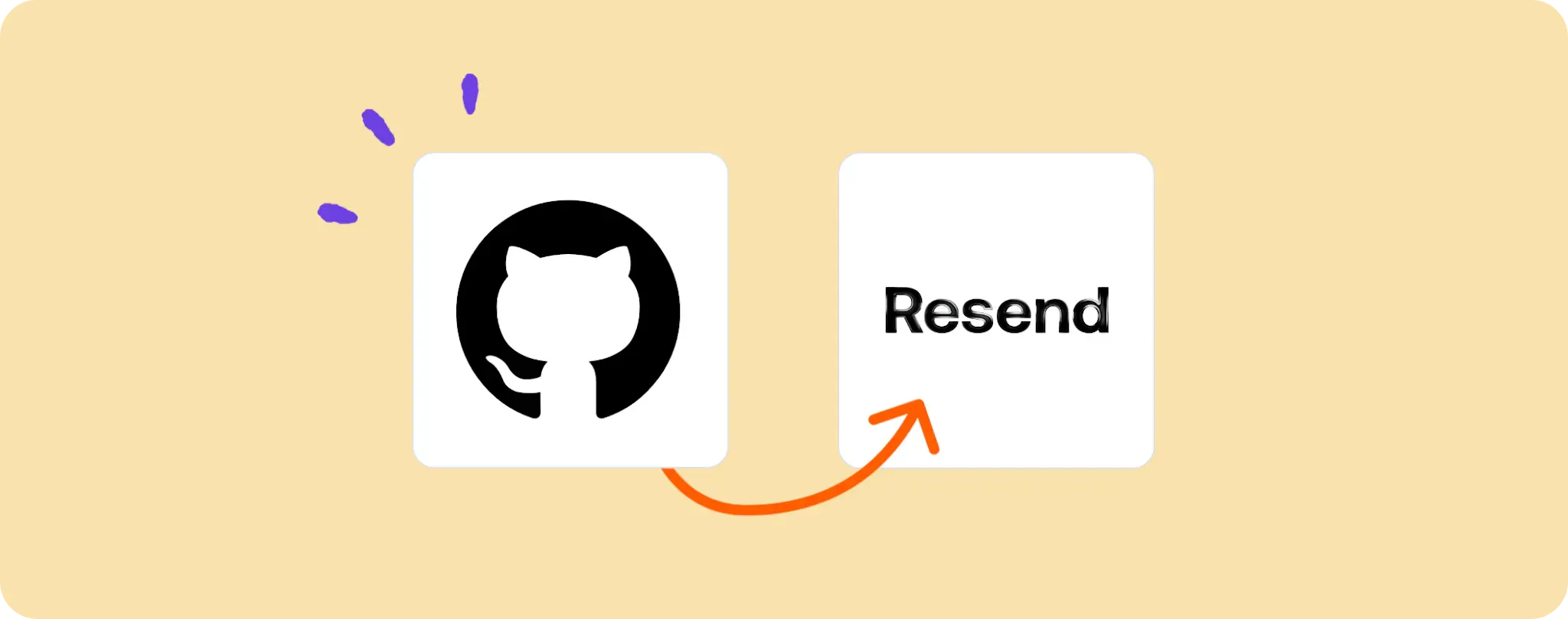The Ultimate Guide: Automating Email Notifications for New Github Pull Requests

Dealing with Pull Requests on Github can be a handful especially when you're part of a large team. Keeping an eye out for every new PR is crucial yet can be a real struggle. 😵💫
Automating email notifications for these new Github Pull Requests can bring peace to your mind, and your inbox. Saying goodbye to the constant manual checks, no more FOMO.
In this guide, we're going to walk through setting up this super handy automation. After following along, you'll be sipping coffee calm and collected as your email does the alerting for you!
Essentials to Automate Email Notifications for New Github Pull Requests
To get this automation up and running, you’ll need a few things at your disposal:
- An Activepieces account. This is the platform where we'll be building our automation.
- A Github repository. This is where the pull requests will be coming from.
- An email account. This is where you'll receive notifications about the new pull requests.
Now that we have everything, we can start building our own notification system. It won't be long before you're chilling with your coffee and letting your inbox do all the tracking for you!
Steps to Automate Email Notifications for New Github Pull Requests
Step 1: Copy the Activepieces' Github Notification Template
Let's kick things off by copying this template on Activepieces. It's an automation gem that sets off with a Github step and wraps up with a Resend email step.
In order to copy the template, you need to sign in to your Activepieces account. Once in, it'll automatically duplicate the flow into your account. This flow can be tweaked according to your needs, so it's a cracking place to start!
Step 2: Understand the Activepieces' Github Notifications Automation Structure

Once the template is duplicated into your account, you'll find yourself looking at a ready-to-roll automation flow.
The first piece of the puzzle is the trigger, aptly named 'New Pull Request'. This is what gets the ball rolling whenever a new pull request pops up in your designated Github repository.
Following the trigger, the next step is 'Send Email', which does exactly what it says on the tin - sends an email notifying you about the new pull request. The beauty of this flow is that it takes care of everything automatically, leaving you free to focus on more important things (like that cuppa you've been longing for!).
Step 3: Configure Your Github and Email Flow
Now that we're familiar with our automation flow, let's make sure it's configured correctly to work with your accounts:
Connect the 'New Pull Request' step with your Github account: Click on this step, hit '+ New Connection' and follow the prompts to link your Github account. The flow will then have access to data from your repositories.
Next up, configure the 'Send Email' step: Click on this step and again hit '+ New Connection'. This time, you'll need to hook it up to your email account. Once connected, the flow will be able to send emails directly to your inbox.
Finally, click the big, bold 'Publish' button to set your flow live.
Sit back, relax and let Activepieces notify you of new pull requests as they happen. Now, where's that coffee? ☕️
Other Automation Ideas for Github

Idea 1: Auto-Create Google Docs for New Github Pull Requests
Ever thought about having a separate Google Document for each new pull request? Good news, this is absolutely doable and can seriously help in documenting changes or discussions. With Activepieces, you can set up a flow to generate a new Google Doc whenever a new PR pops up.
To get started, you'll need to set your trigger as 'New Pull Request' from Github, then add a 'Create Document' action from the Google Docs service. Tailor the document's content to include all the juicy details from the pull request. Once done, hit 'Publish' and let this magic automation brew each PR into a ready-to-sip Google Doc.
And guess what? This same idea can be applied to other document services like Microsoft Word Online, Dropbox Paper, and Evernote.
Idea 2: Notify Team About New Pull Requests in Slack Channel
Imagine having a virtual butler that serves up fresh Github pull requests right into your team's Slack channel. It can ensure your squad stays in the loop and can jump onto reviewing any new PRs like ninjas.
To make this happen, use Activepieces to create a flow where 'New Pull Request' from Github is the trigger and 'Send Message' to a specified Slack channel is the action. Once you hit the "Publish" button, sit back and let your fully automated virtual butler do its thing.
Oh, and by the way, similar magic can be pulled off not just for Slack, but also for Discord, Telegram Bot and pretty much any other team chat service you use. So, let's amp up our automation game, shall we?
Idea 3: Create Task in Project Management Service When New Pull Request in Github
What if every new Github pull request automatically led to a task being created on your favourite project management platform, like Trello? That's next-level multitasking and automatic delegation right there, my friend!
With Activepieces, you can configure a flow where the 'New Pull Request' from Github is the trigger and 'Create Task' in your chosen project management service (let's say Trello) is the action. Once published, this flow will keep your project board updated, minimizing the chance of anything slipping through the cracks.
And just so you know, the same logic can be applied to other project management services such as Asana, Clickup, Monday. It's about time we made automation our secret sauce in managing tasks, don't you think?


